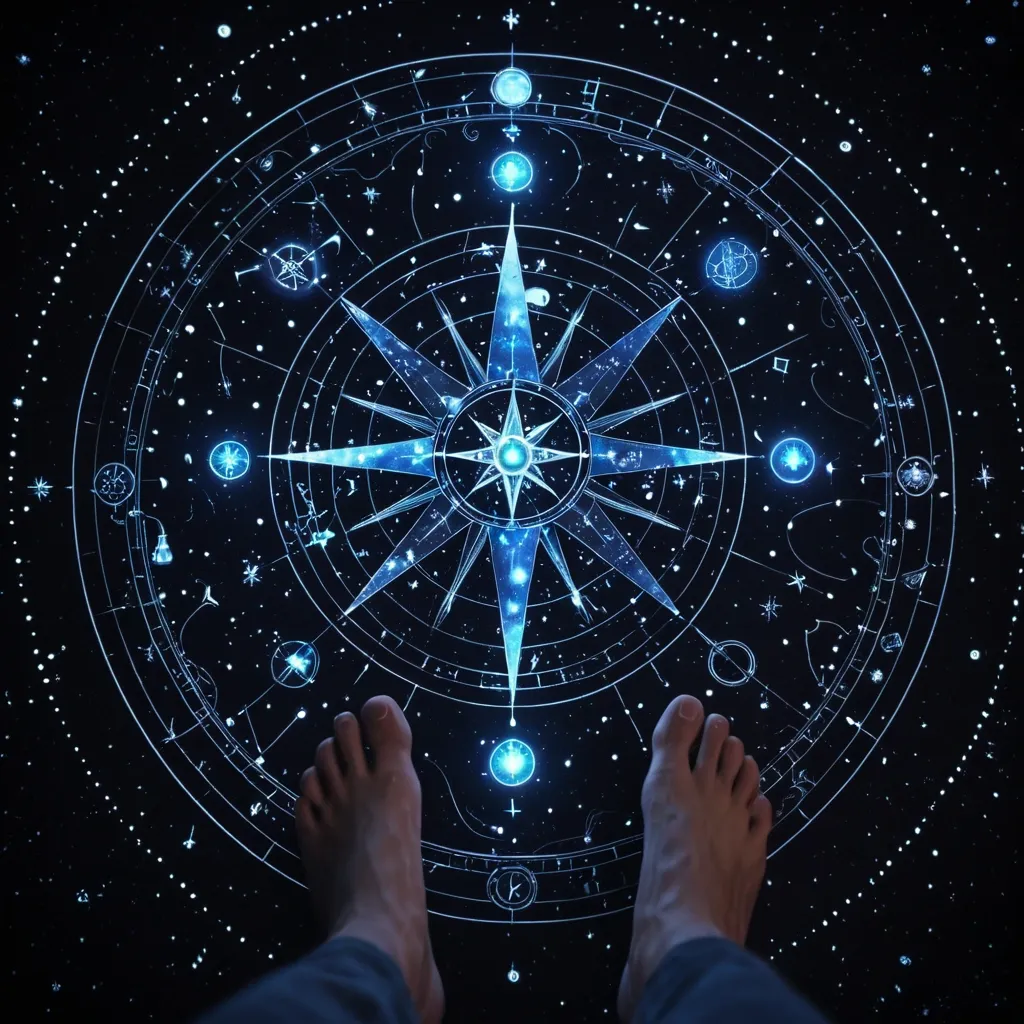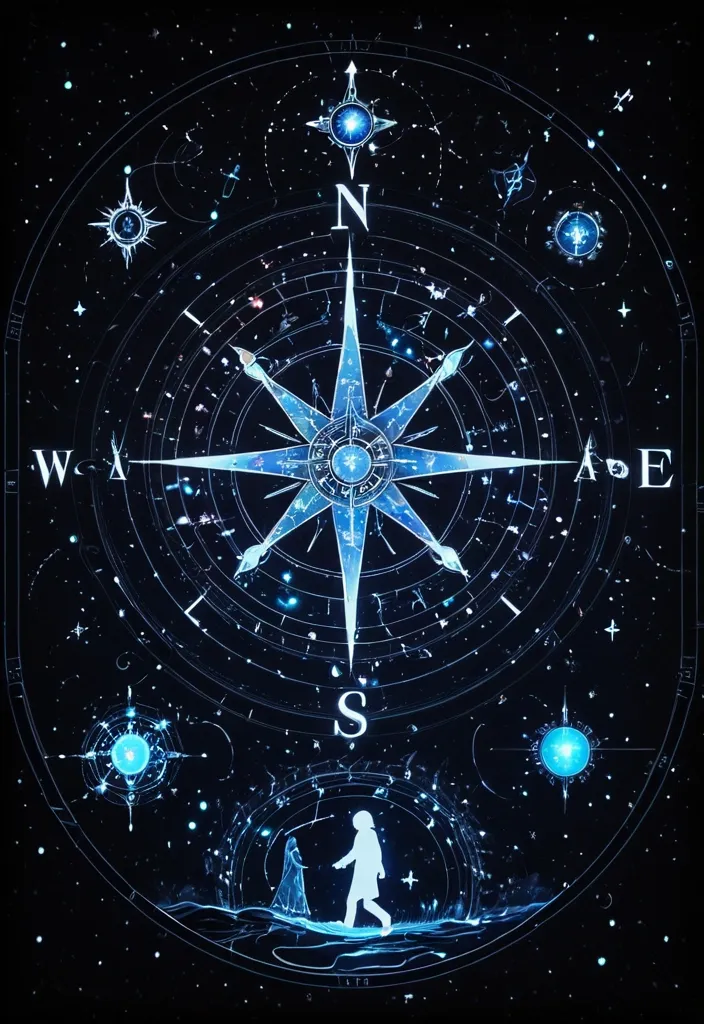Search Results for object
Explore AI generated designs, images, art and prompts by top community artists and designers.

A candid portrait of a smiling Indian man (use the subject from the reference photo) , shot on a smartphone. Aggressive noise reduction gives the photo a grainy , watercolor-like texture. The lighting is harsh and direct , with the built-in flash creating a noticeable highlight on the face and darkening the background. The composition is relaxed and slightly off-center , with the horizon slightly tilted. There are distracting objects and visual clutter in the background. The edges of the photo are slightly exaggerated , with chromatic aberrations visible on high-contrast lines. The color temperature is a bit warm , reminiscent of Samsung's processing. The focus is not perfectly sharp , resulting in a blurry hand-shake , as if the photo was taken in a hurry. There is digital bokeh , artificial depth of field , and some artifacts around the model's hair. ,
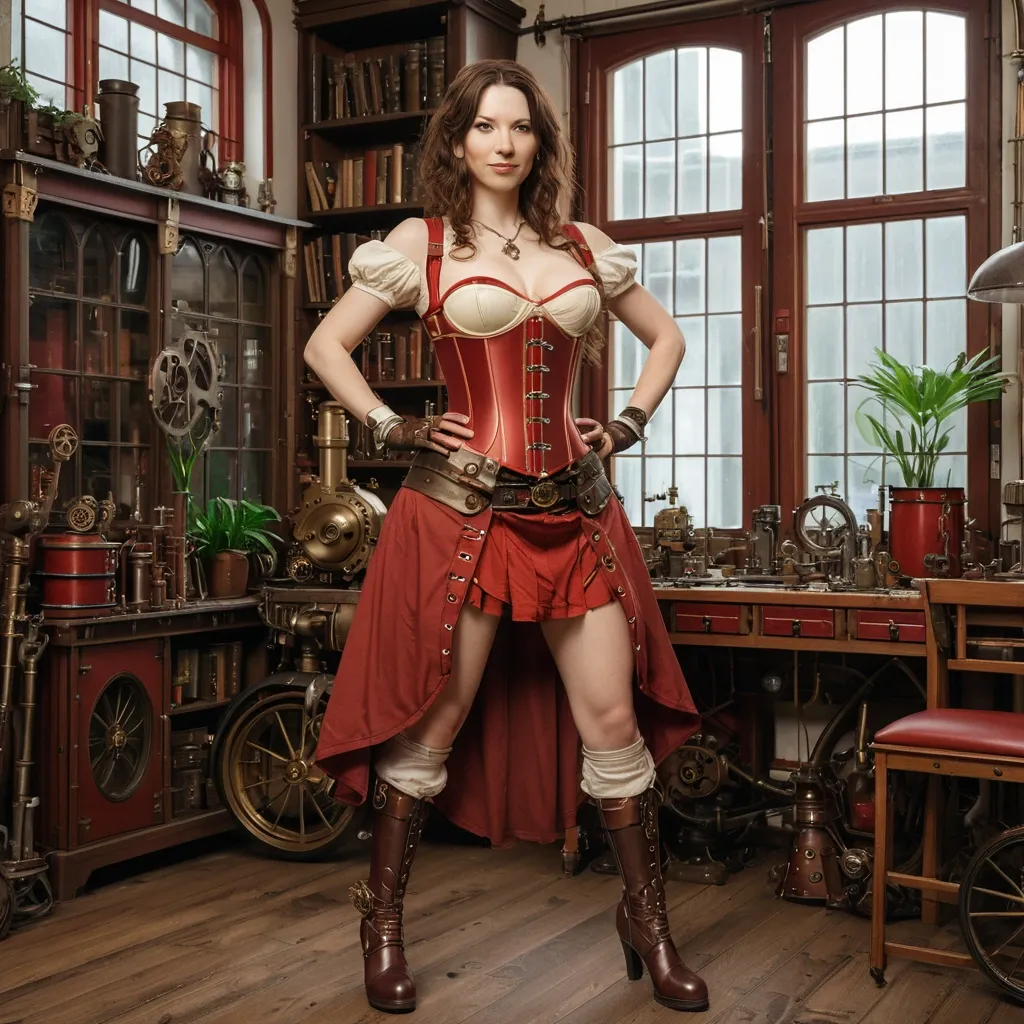
Photorealistic full length , a beautiful european pale female with wavy shoulder brown hair , in her mid thirties red and cream open wide corset , red and bronze openside skirt and boots a hand on her hip , she's standing friendly in front of a window in steampunk workshop with japanese influence. some tools and alchemistry objects and a green plant , furniture bookcase , steampunk cinematic style ,
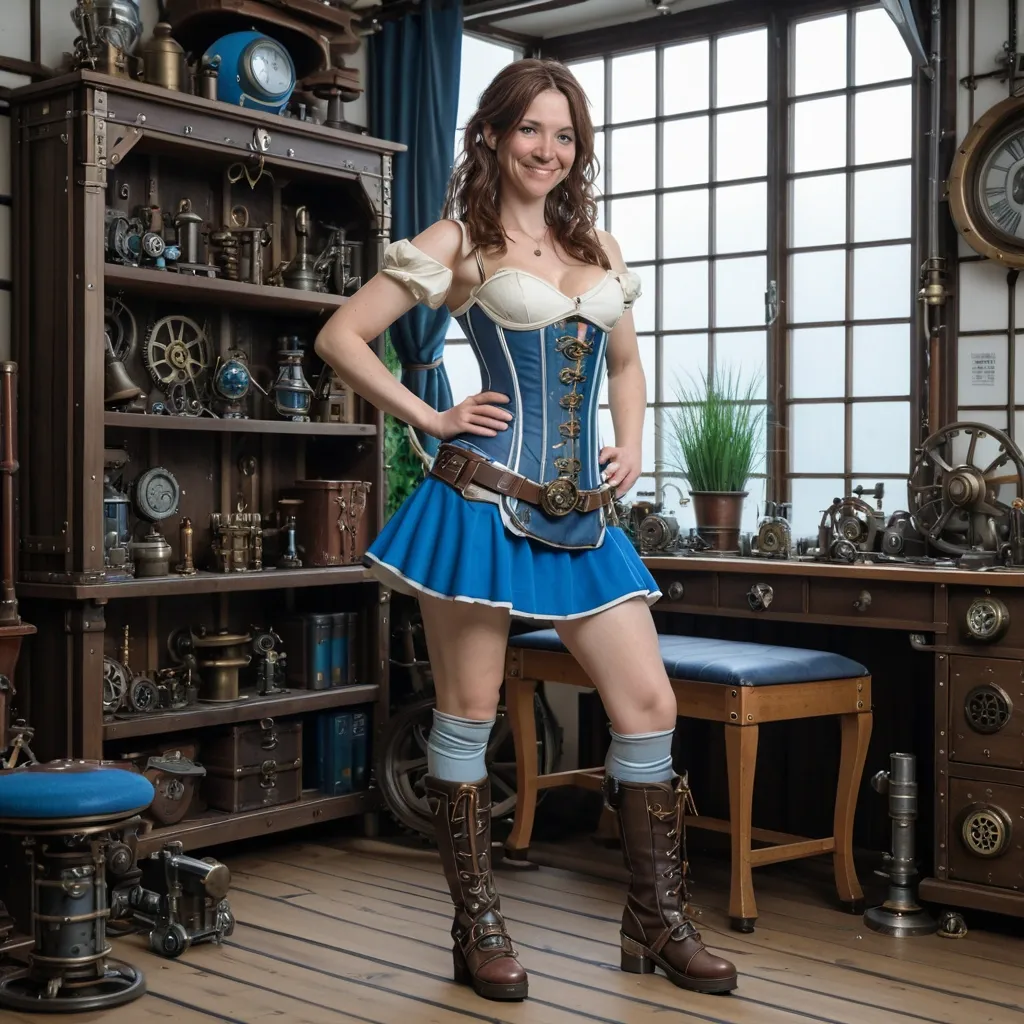
Photorealistic full length , a beautiful european freckled female with wavy shoulder brown hair , in her mid thirties blue and cream open wide corset , blue spandex miniskirt and boots shy smile a hand on her hip , she's standing friendly in front of a window in steampunk workshop with japanese influence. some tools and alchemistry objects and a green plant , furniture bookcase , steampunk cinematic style ,

Photorealistic full length , a beautiful european freckled female with wavy shoulder brown hair , in her mid thirties blue and cream open wide corset , blue spandex legging and boots shy smile a hand on her hip , she's standing friendly in front of a window in steampunk workshop with japanese influence. some tools and alchemistry objects and a green plant , furniture bookcase , steampunk cinematic style ,
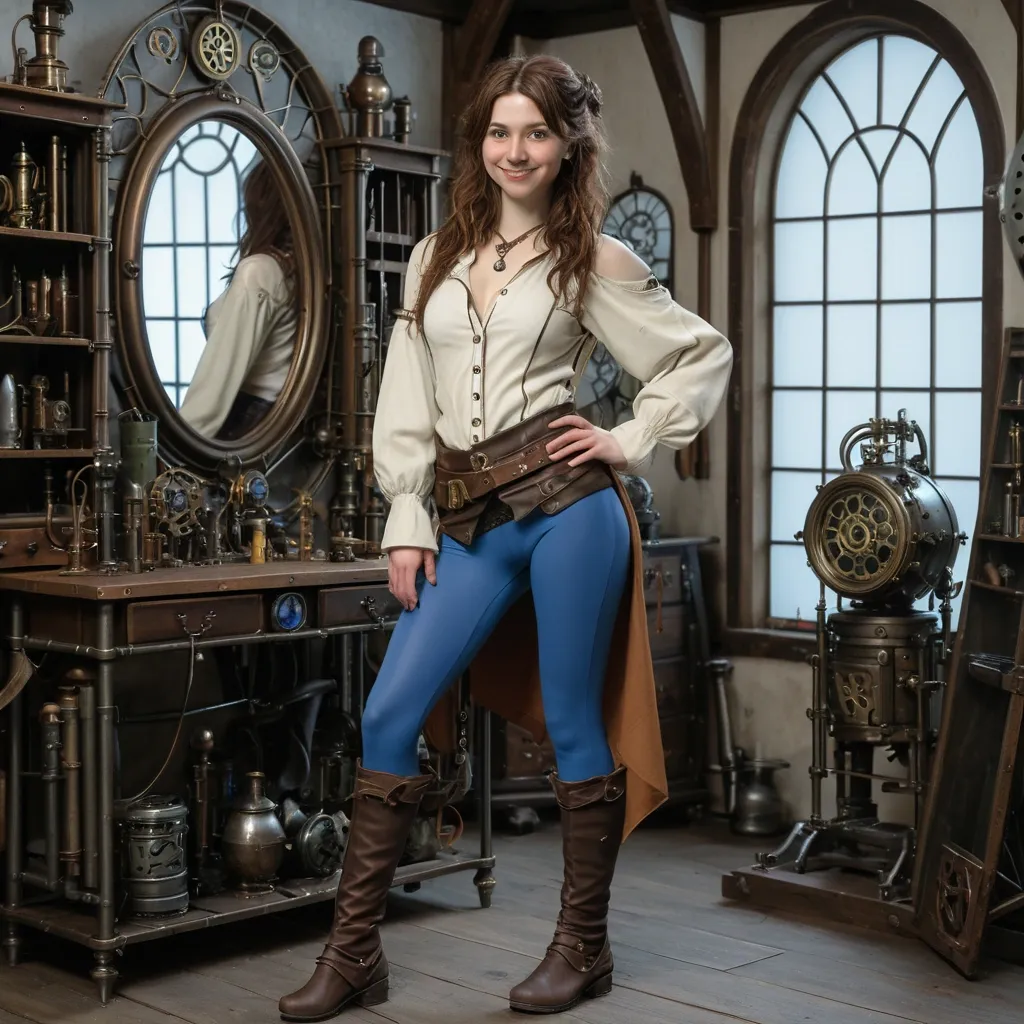
Photorealistic full length , a beautiful european freckled female with wavy shoulder brown hair , in her mid twenty cream medieval open wide shirt , blue spandex legging and boots shy smile a hand on her hip , she's standing friendly in front of a mirror in steampunk workshop with japanese influence , her reflect is a malefic version of her. some tools and alchemistry objects and a green plant , furniture bookcase , steampunk cinematic style ,
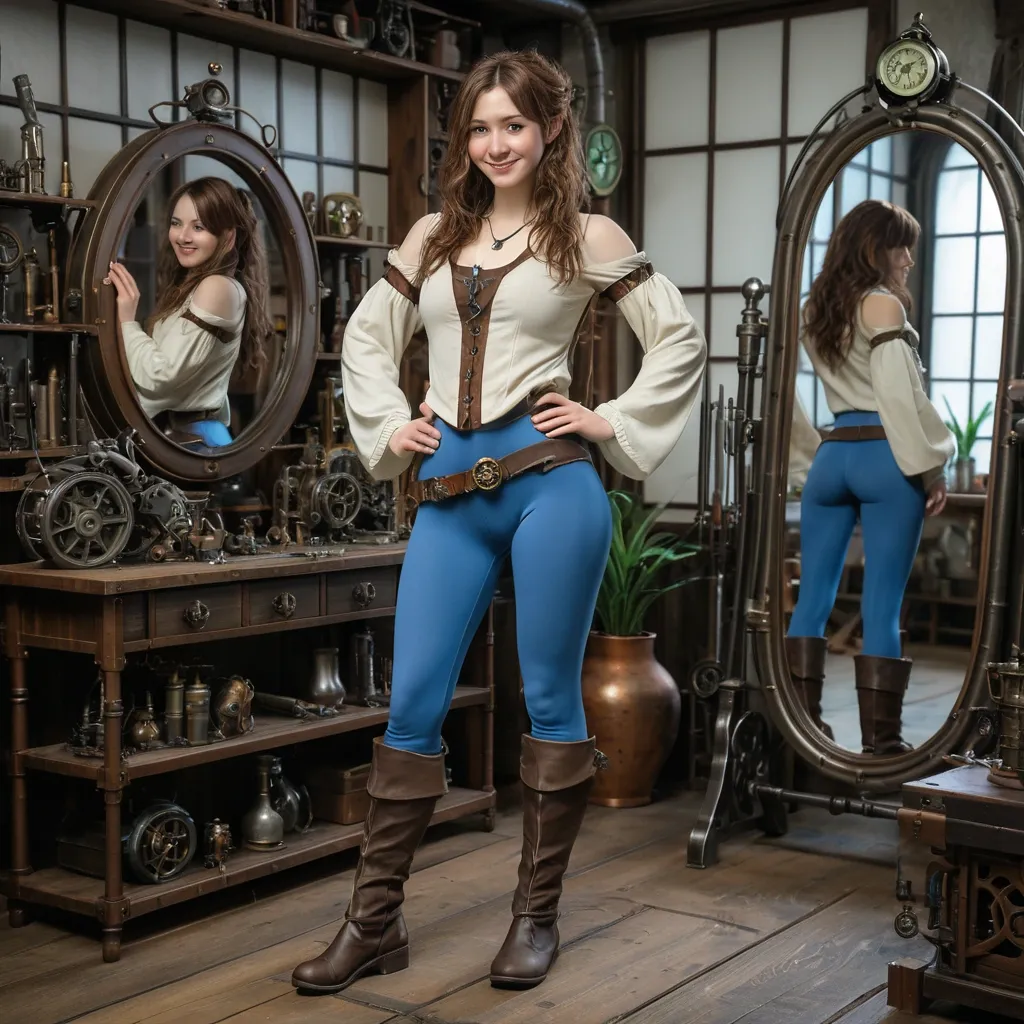
Photorealistic full length , a beautiful european freckled female with wavy shoulder brown hair , in her mid twenty cream medieval open wide shirt , blue spandex legging and boots shy smile a hand on her hip , she's standing friendly in front of a mirror in steampunk workshop with japanese influence , her reflect is a malefic version of her. some tools and alchemistry objects and a green plant , furniture bookcase , steampunk cinematic style ,
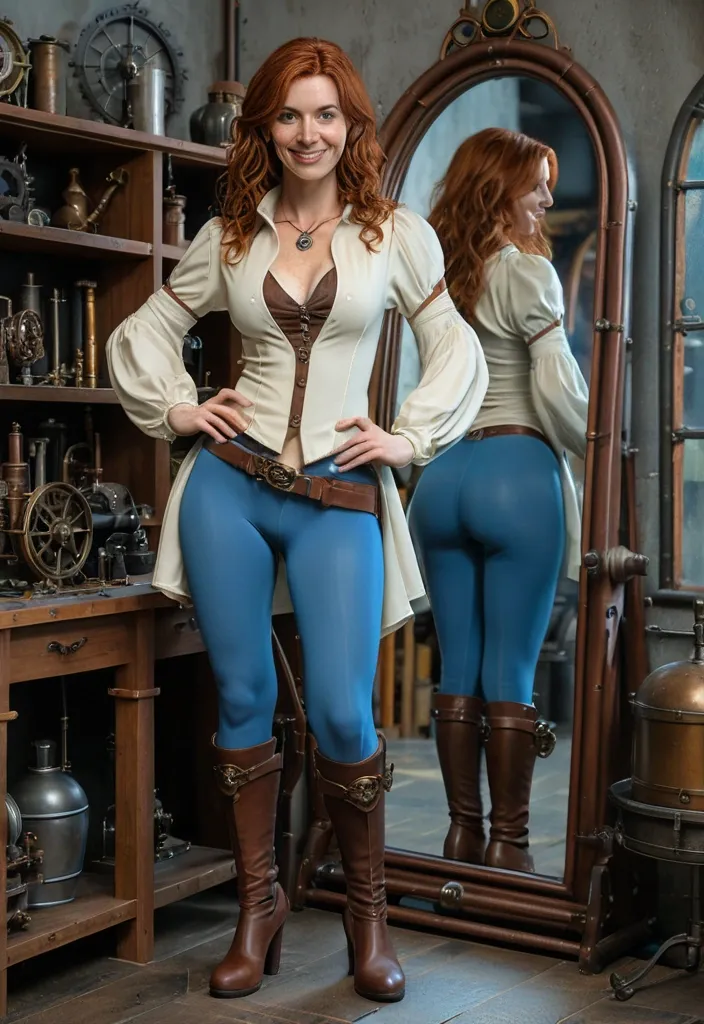
Photorealistic full length , a beautiful slender body european freckled female with wavy shoulder auburn hair , in her mid forties cream medieval open wide shirt , blue spandex legging and boots shy smile a hand on her hip , she's standing friendly in front of a mirror in steampunk workshop , her reflect is a malefic version of her. some tools and alchemistry objects and a green plant , furniture bookcase , steampunk cinematic style ,
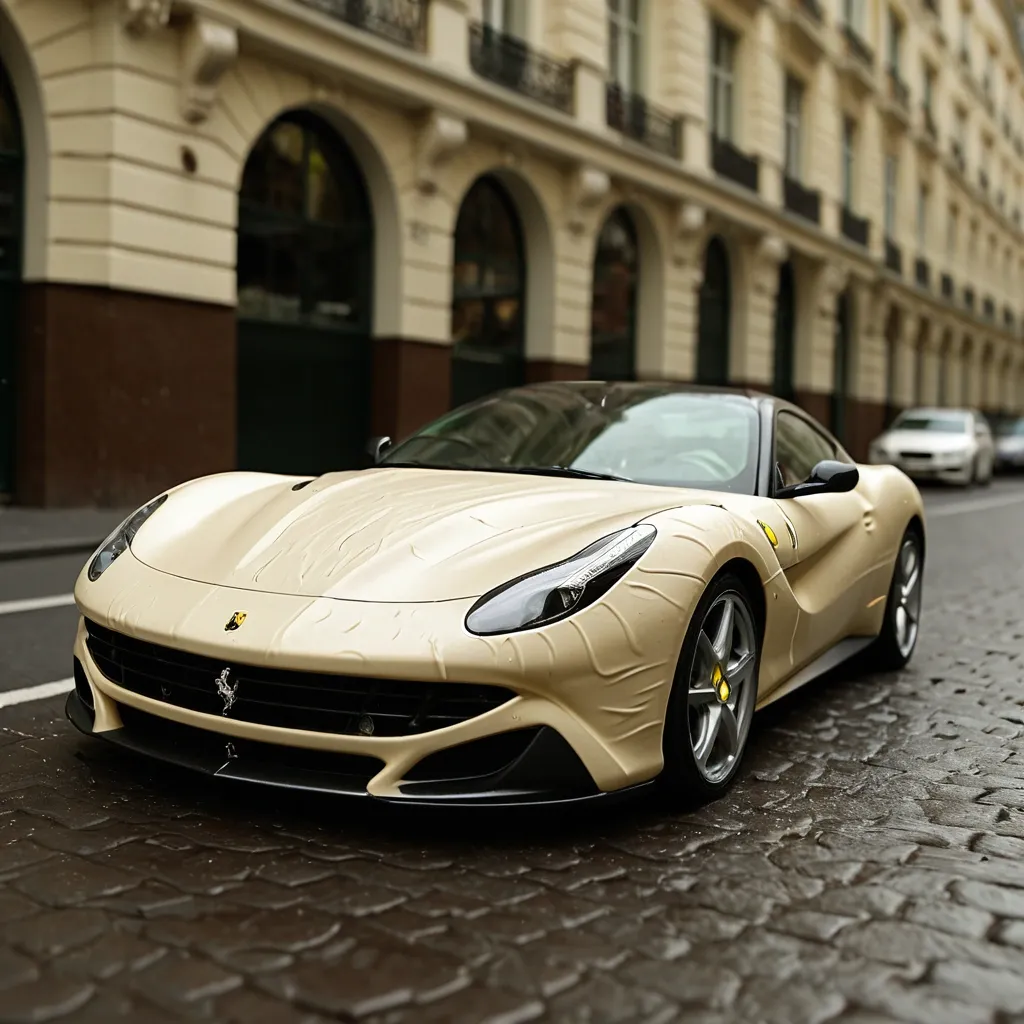
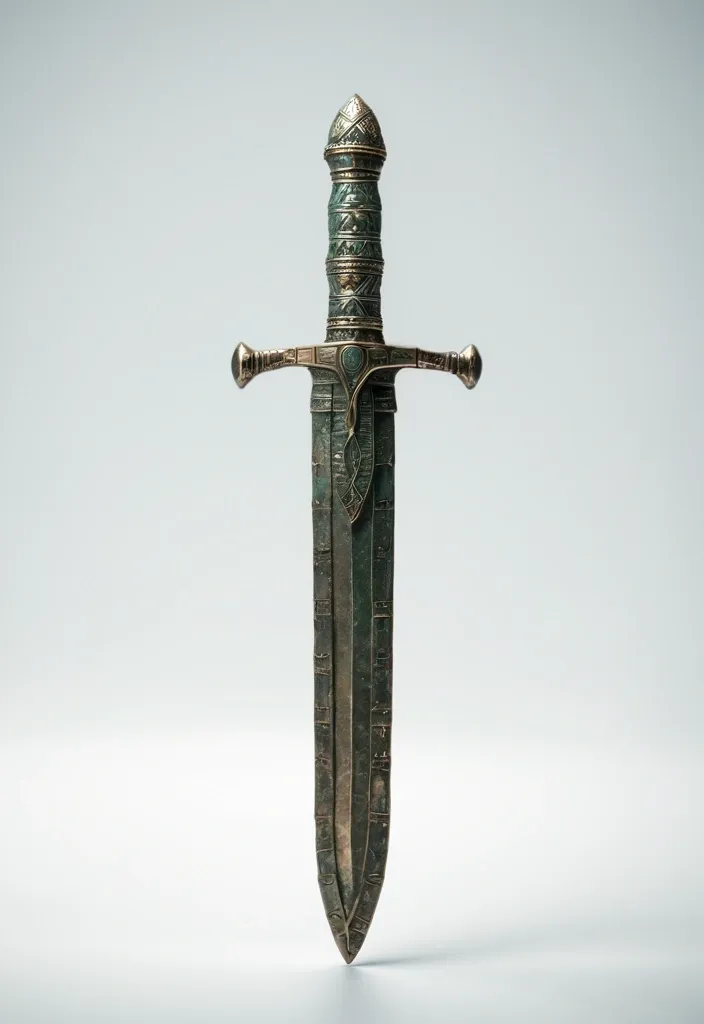
Bronze Dagger , manufactured from copper and tin , used as both a weapon and ceremonial object , Sumer 2000 BCE , short double-edged blade with decorated hilt , Style: Matte Painting , detailed and atmospheric with subtle depth of field , White or Transparent Background , Full view , Side View , 4K. ,

full lenght , a beautiful european freckled female with wavy auburn shoulder hair in her mid twenty in red and white turtleneck sleeveless steampunk corset minidress , gentle smile a hand on hip she's standing lovely in front of a mirror in a steampunk workshop with japanese influence , some tools and alchemistry objects and a green plant , furniture bookcase , steampunk cinematic style ,
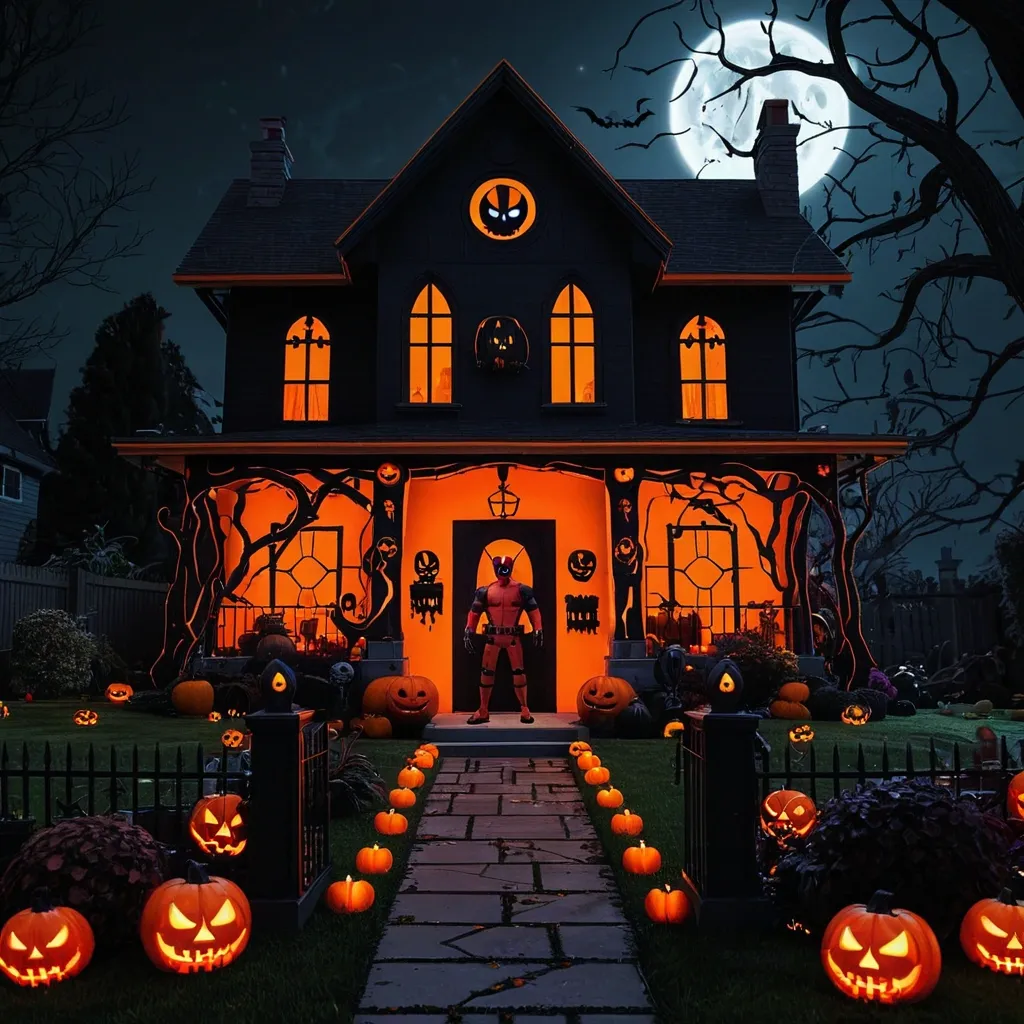
Generate a Halloween themed picture of a nighttime garden and a house. Use Deadpool as an inspiration for figures , color scheme , and proportions. The house has Halloween decorations on the walls , windows , and the front door. Include Jack O' Lanterns , spiderwebs , and glow-in-the-dark objects. ,
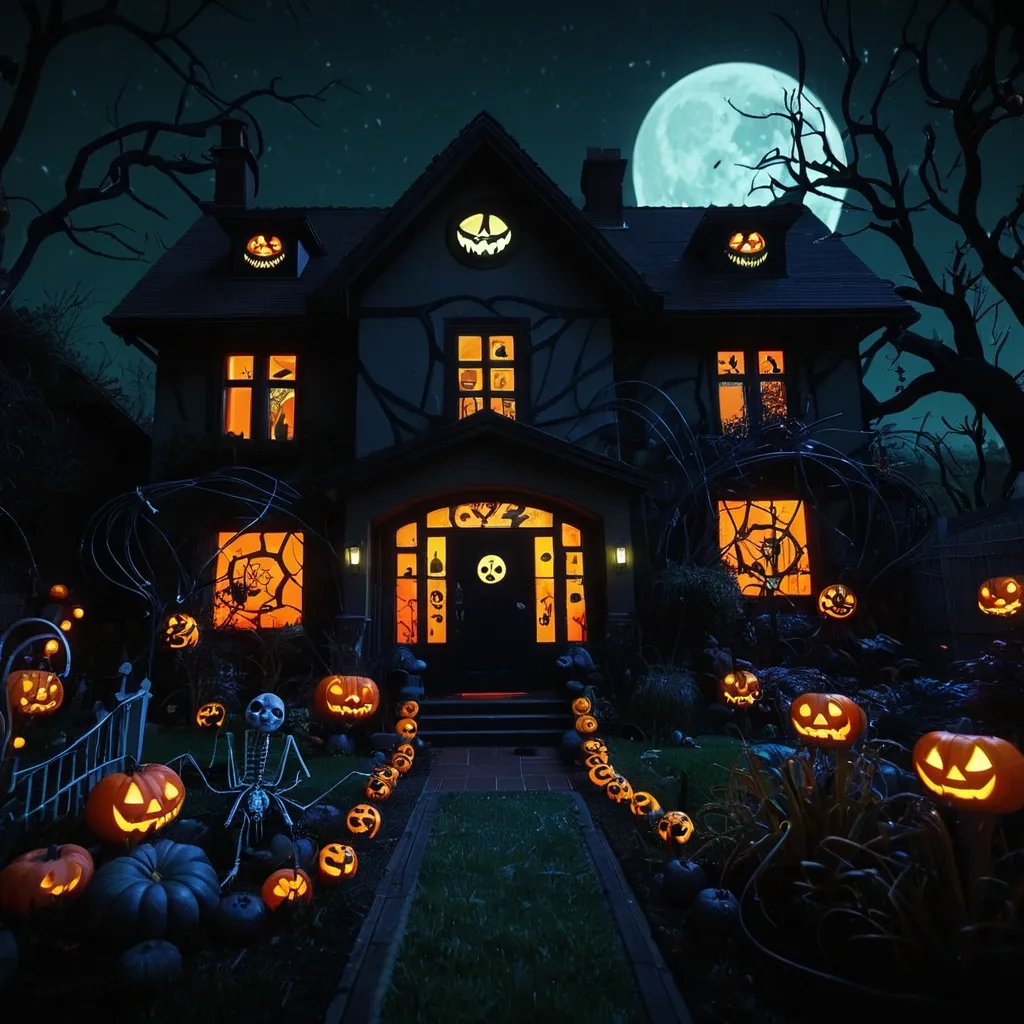
Generate a Halloween themed picture of a nighttime garden and a house. Process the music video from Jamie Woon - Night Air for image inspiration. Include eerily glowing night plants and animals (for example , insects , bugs , snails). The house has Halloween decorations on the walls , windows , and the front door. Include Jack O' Lanterns , spiderwebs , and glow-in-the-dark objects. ,

A massive , nightmarish bat dominates the center of a fog-drenched alleyway , its leathery wings outstretched to an almost impossible span. abstract background with splashes of green , purple , and an orange moon. Bats swirl around him as he clutches a sharp object , exuding confidence and menace. The scene is vibrant with bold colors and a dripping paint effect. ,
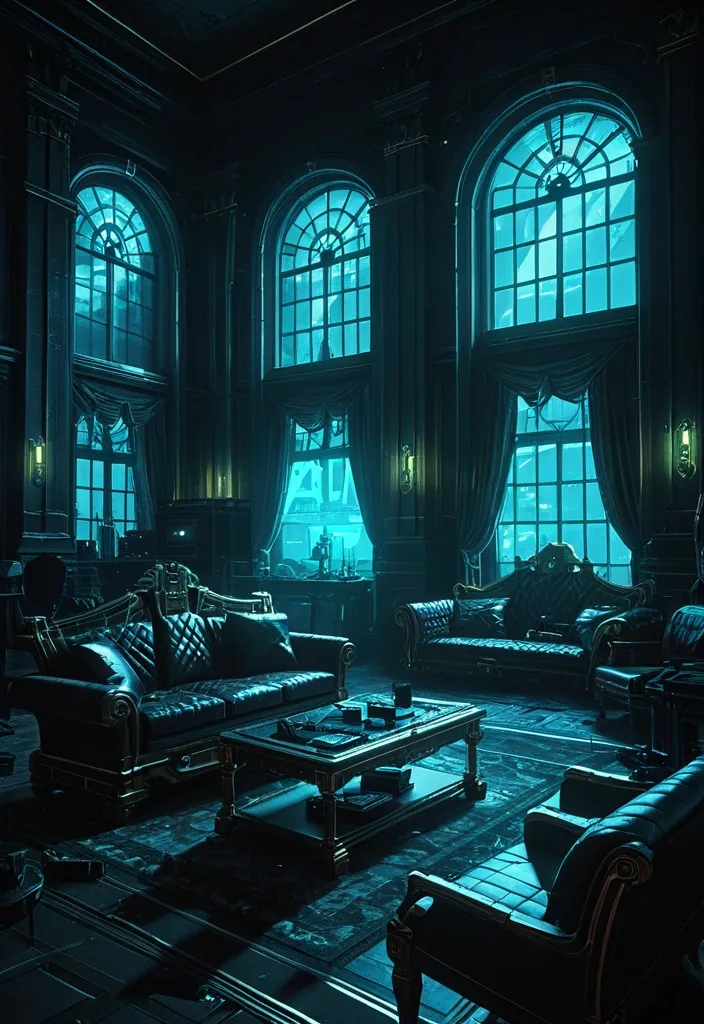
A large room with large windows and blinds. The room is in a Baroque or Neo-Renaissance style. Moonlight and neon lighting from the street filter through the blinds. The room is richly detailed , with basic objects such as a sofa , chair , and table with a working computer screen. The atmosphere is gloomy. References for the style include cyberpunk , Blade Runner , or Deus Ex , Human Revolution. ,

A close-up , top-down view of a natural woman's face and body with a round appearance. Her eyes , nose , and mouth are a beautiful , well-lit image and she is firmly centered in the frame. The eye is so wide that the eyes are filled with hair , they have a big , glowing red color on them. The entire body is connected to a white and tan circular object that is also a part of the fabric but is all too much to see that it is exposing the face. The text "CAUTION" is written completely in a large circle , creating a circle shape around the person's body. The word "AUSTIN" is written in a smaller circle beside the main heart. All of the pages below the circular object appear to have been blank , suggesting it is completely completely ajar. ,
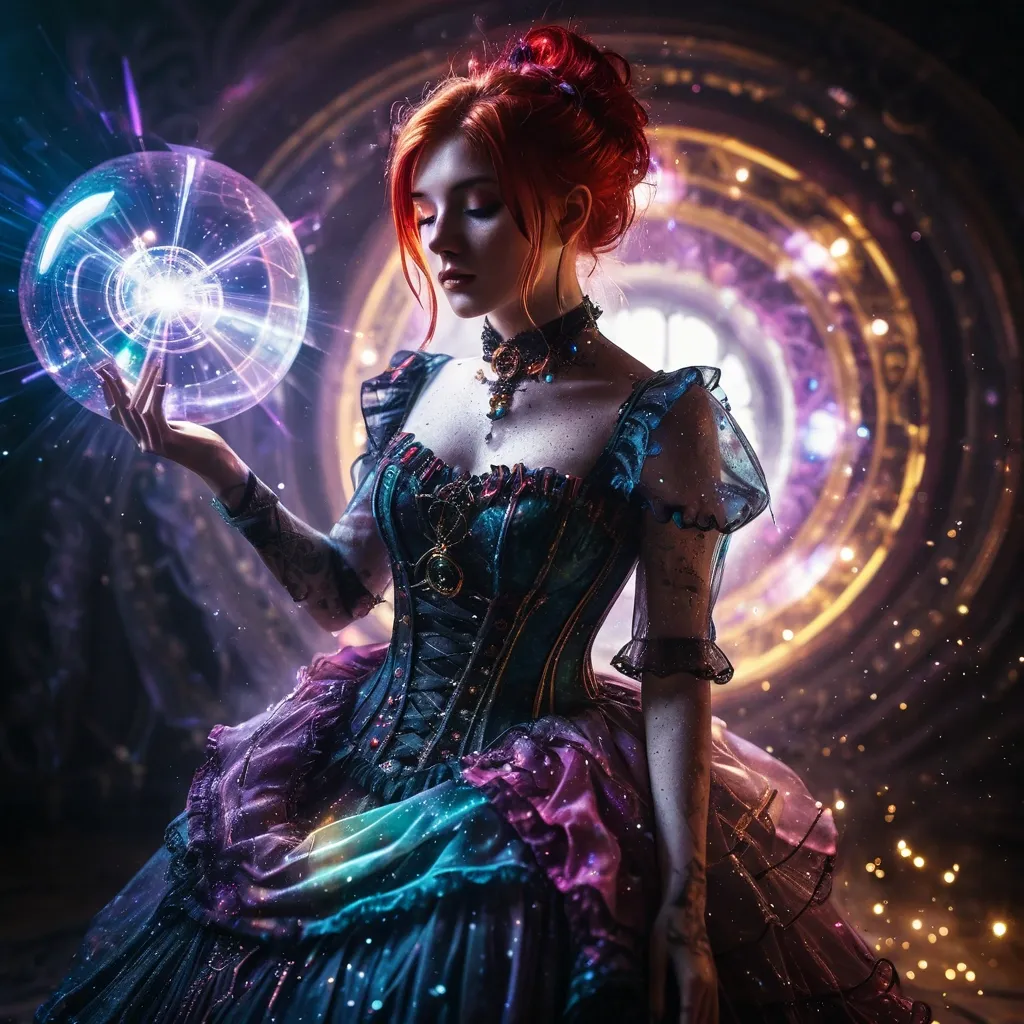
Fine art photography , beauty supermodel , vibrantcoloredhair withstrands and Makeupaugmenting and wearsb a Victorian-style inspired dress withfurand ruffled , bokeh background , dust particles in light beam. deep contrast." Near her is a floating fractal glowing object with glas and glowing Circuits , photorealistic textures , swirling mechanical structure behind her ,
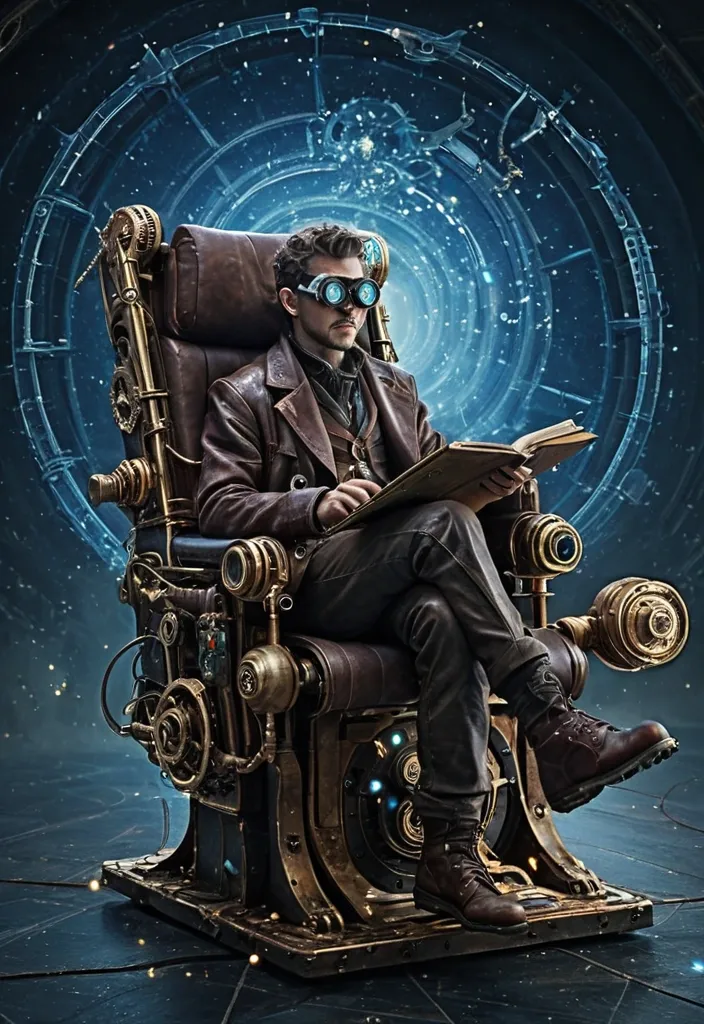
A **time traveler** in a **steampunk-inspired mechanical armchair** , hurtling through a **swirling void of time and space** , where fragmented objects from different eras—ancient scrolls , medieval swords , Victorian pocket watches , futuristic holograms , and retro sci-fi gadgets—float chaotically around them. The traveler , clad in a **weathered leather coat with brass buckles and goggles** , grips the armrests tightly , their expression a mix of **determination and awe** as temporal distortions ripple through the void. The mechanical chair is **intricate and industrial** , with exposed gears , glowing energy cores , and rusted metal plating , suggesting both **advanced technology and the passage of time**. The scene is rendered in a **highly detailed , cinematic style** , blending **dark , moody lighting** with **vibrant bursts of temporal energy**—swirling blues , purples , and golds—illuminating the floating artifacts. The background is a **cosmic abyss** with faint constellations and warped timelines visible in the distance , creating a sense of **both vastness and urgency**. The composition emphasizes **motion and dynamism** , with debris trailing behind the chair as if caught in a **time warp** , while the traveler’s posture suggests **forward momentum into the unknown**. Inspired by **sci-fi concept art and dark fantasy illustrations** , the image balances **mechanical precision** with **ethereal surrealism** , evoking a feeling of **adventure , mystery , and the relentless march of time**. ,

A **time traveler** in a **steampunk-inspired mechanical armchair** , hurtling through a **swirling void of time and space** , where fragmented objects from different eras—ancient scrolls , medieval swords , Victorian pocket watches , futuristic holograms , and retro sci-fi gadgets—float chaotically around them. The traveler , clad in a **weathered leather coat with brass buckles and goggles** , grips the armrests tightly , their expression a mix of **determination and awe** as temporal distortions ripple through the void. The mechanical chair is **intricate and industrial** , with exposed gears , glowing energy cores , and rusted metal plating , suggesting both **advanced technology and the passage of time**. The scene is rendered in a **highly detailed , cinematic style** , blending **dark , moody lighting** with **vibrant bursts of temporal energy**—swirling blues , purples , and golds—illuminating the floating artifacts. The background is a **cosmic abyss** with faint constellations and warped timelines visible in the distance , creating a sense of **both vastness and urgency**. The composition emphasizes **motion and dynamism** , with debris trailing behind the chair as if caught in a **time warp** , while the traveler’s posture suggests **forward momentum into the unknown**. Inspired by **sci-fi concept art and dark fantasy illustrations** , the image balances **mechanical precision** with **ethereal surrealism** , evoking a feeling of **adventure , mystery , and the relentless march of time**. ,
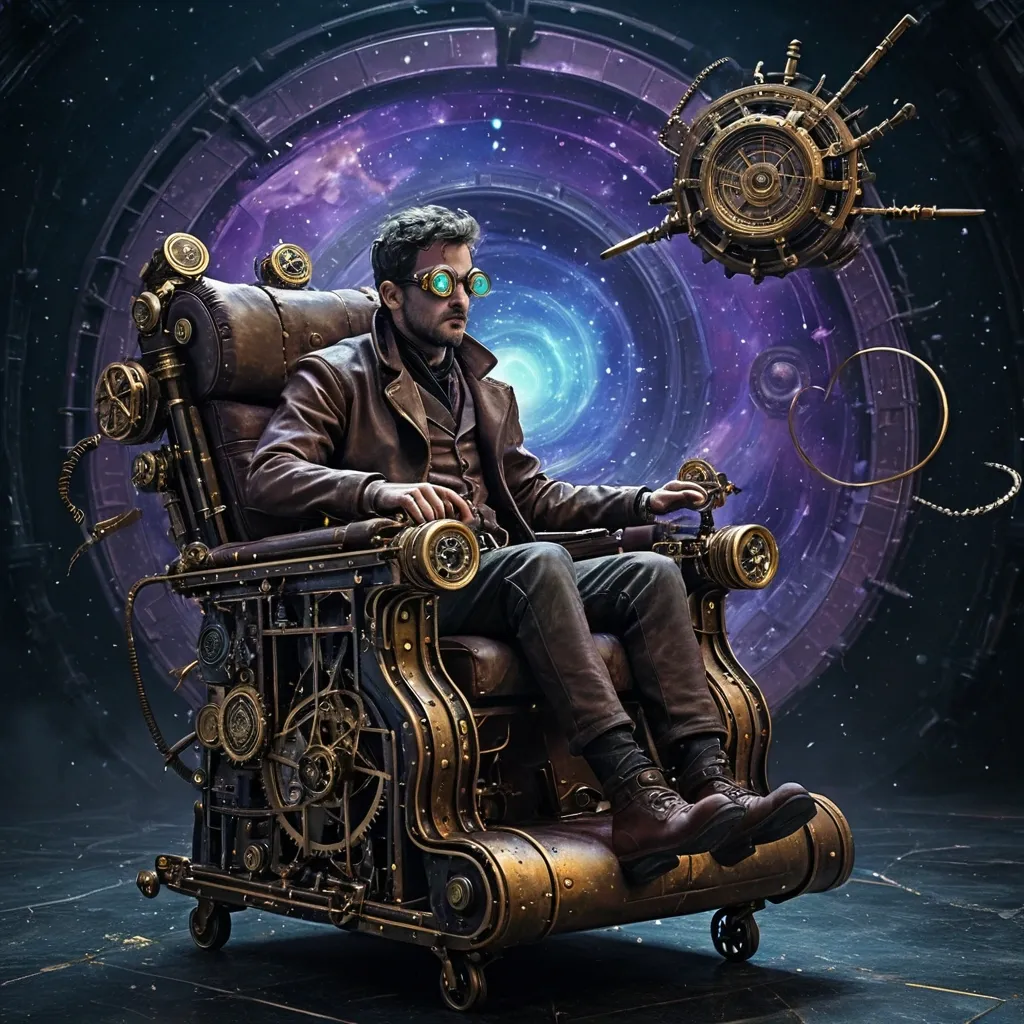
A **time traveler** in a **steampunk-inspired mechanical armchair** , hurtling through a **swirling void of time and space** , where fragmented objects from different eras—ancient scrolls , medieval swords , Victorian pocket watches , futuristic holograms , and retro sci-fi gadgets—float chaotically around them. The traveler , clad in a **weathered leather coat with brass buckles and goggles** , grips the armrests tightly , their expression a mix of **determination and awe** as temporal distortions ripple through the void. The mechanical chair is **intricate and industrial** , with exposed gears , glowing energy cores , and rusted metal plating , suggesting both **advanced technology and the passage of time**. The scene is rendered in a **highly detailed , cinematic style** , blending **dark , moody lighting** with **vibrant bursts of temporal energy**—swirling blues , purples , and golds—illuminating the floating artifacts. The background is a **cosmic abyss** with faint constellations and warped timelines visible in the distance , creating a sense of **both vastness and urgency**. The composition emphasizes **motion and dynamism** , with debris trailing behind the chair as if caught in a **time warp** , while the traveler’s posture suggests **forward momentum into the unknown**. Inspired by **sci-fi concept art and dark fantasy illustrations** , the image balances **mechanical precision** with **ethereal surrealism** , evoking a feeling of **adventure , mystery , and the relentless march of time**. ,
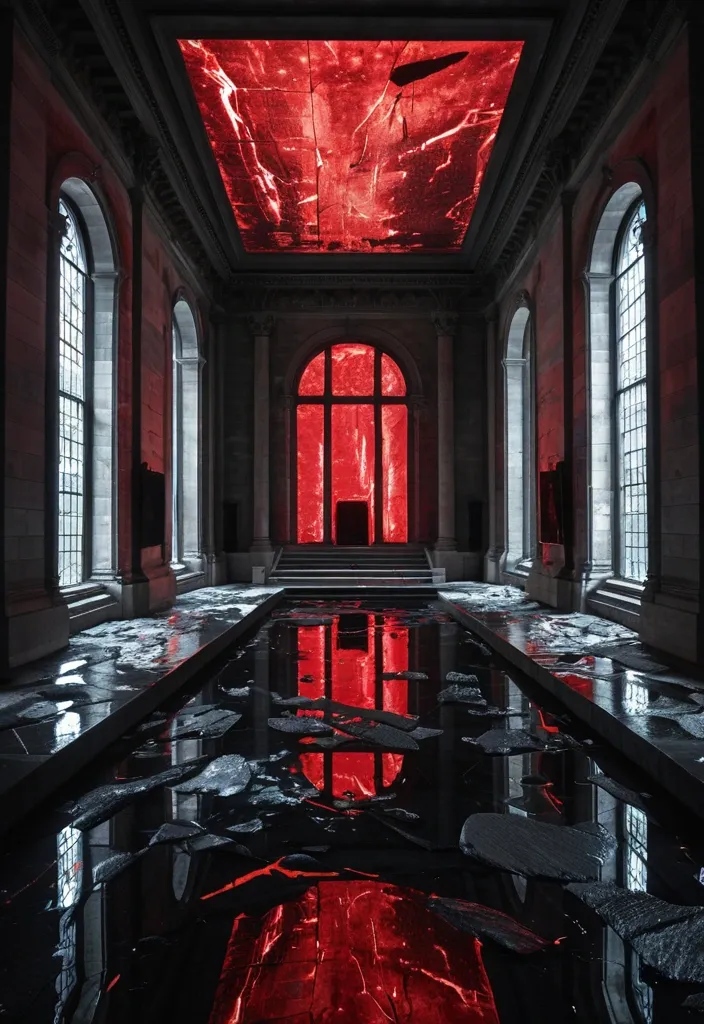
Perfectly symmetrical wide shot (16:9) , level horizon , camera aligned with the central object , distance ~200 m. A massive rectangular granite hall in dark tones; clean , glossy , monumental surfaces. In the center — an exhibit: a large fragment of rock placed on a pedestal and a slight elevation; around it , an oval glass capsule is shattered , large and small shards scattered across the wide granite pathway and floating on the water. The rest of the hall is flooded — now the water is raging: powerful waves , ripples , splashes , wet reflections on the granite. High on the side walls — small windows , but no light comes through them anymore (black openings). The hall pulses with red emergency lighting: strobing flashes , deep shadows , crimson wash; red highlights tearing across the waves and wet surfaces. On the rock and walls , sharp hand-painted inscriptions in white paint , large and crude: “FAKE , ” “EXPOSURE , ” “ENOUGH LIES , ” “WE HAVE THE RIGHT TO KNOW THE TRUTH” (brush strokes , paint drips , partially smeared by water). A sunbeam piercing through an opening in the ceiling exists as an architectural detail but is almost completely drowned out by the red light. In the air — a fine mist of water and microscopic glass particles , bright specular highlights on the shards , the wet granite giving mirror-like reflections. The atmosphere is tense and chaotic , with a subliminal “25th frame” effect: barely perceptible visual tearing/stripes and brief RGB shifts along the edges of shards and inscriptions. High detail , realistic materials , dramatic lighting , cinematic concept art. ,
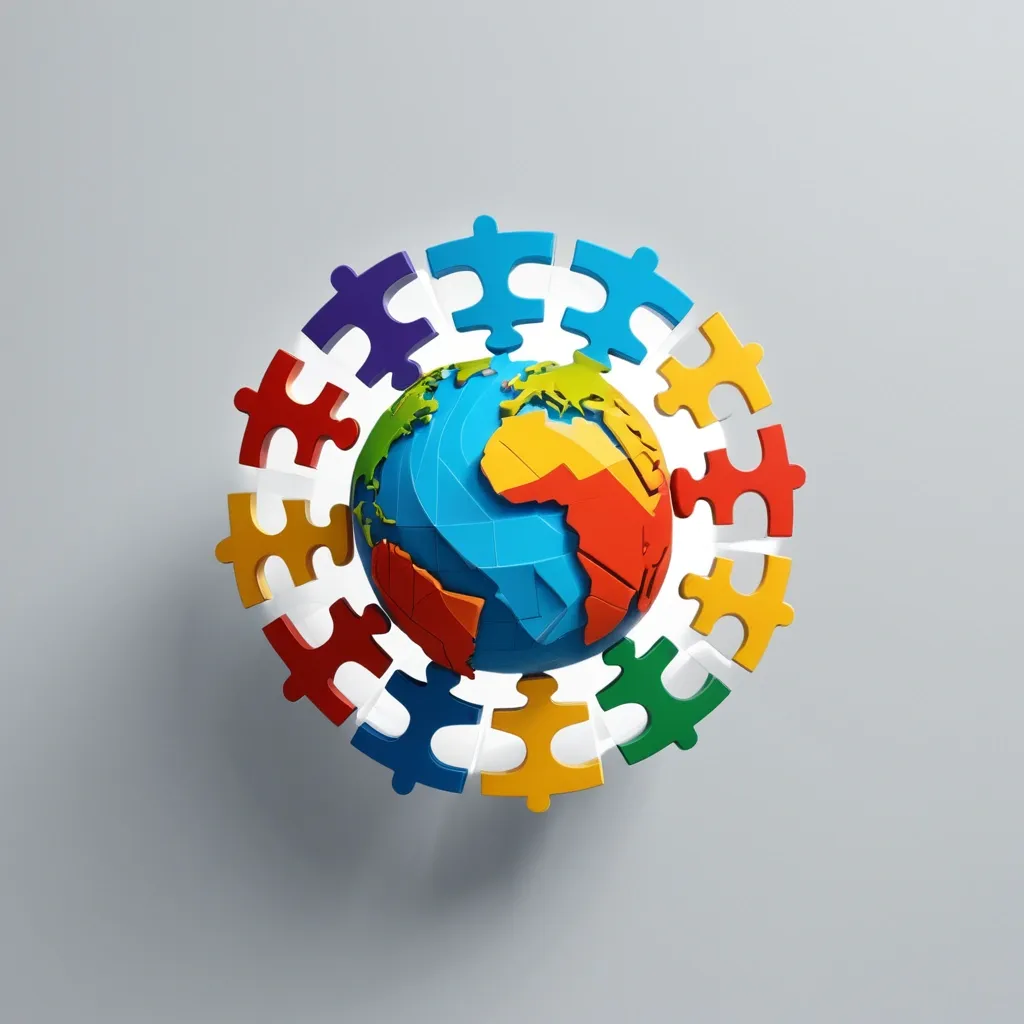
{ "image_description": "An infographic showing the four pillars of Global Citizenship." , "style": { "type": "Clean , modern 3D illustration with a friendly and accessible aesthetic." , "atmosphere": "Holistic , clear , and positive." , "texture": "Smooth , matte finish on the puzzle pieces with soft shadows." } , "subject": { "main_focus": "Four large , thick puzzle pieces that are coming together to form a complete square. Each piece has a different color and features a 3D icon on its surface." , "pieces_details": [ {"pillar": "Conciencia del Mundo" , "icon": "A stylized globe with interconnected lines." , "color": "#118AB2"} , {"pillar": "Respeto por la Diversidad" , "icon": "A group of diverse , abstract human figures holding hands in a circle." , "color": "#06D6A0"} , {"pillar": "Sentido de Responsabilidad" , "icon": "Two hands carefully holding a small , fragile planet Earth." , "color": "#FFD166"} , {"pillar": "Capacidad de Actuar" , "icon": "A hand planting a small green sprout." , "color": "#FF6B6B"} ] , "action": "The pieces are floating slightly , just about to click into place , creating a sense of dynamism and completion." , "background": "A clean , light gray background." , "brand_integration": "In the center of the completed puzzle , where the four corners meet , a small , subtle 'YK' logo (for Yula Kórima) is formed by the negative space. It's only visible when the puzzle is complete." } , "composition": { "camera_setup": { "camera_type": "N/A (3D Render)." } , "shot_type": "Full shot of the object." , "angle": "Slightly angled top-down (three-quarter view) to give the pieces a sense of dimension." , "framing": "The puzzle is centered and fills the frame." , "focus": "All elements are in sharp , crisp focus." } , "lighting": { "type": "Soft , even studio lighting." , "effect": "Creates gentle shadows beneath the puzzle pieces , making them appear to float. The lighting is clean and highlights the colors and shapes." } , "color_palette": { "primary_colors": ["Light gray background (#F0F0F0)"] , "accent_colors": ["The four distinct , vibrant colors of the puzzle pieces: #118AB2 , #06D6A0 , #FFD166 , #FF6B6B"] , "mood": "Holistic , interconnected , constructive , clear." } } ,

{ "image_description": "Featured image for the blog post on Global Citizenship , connecting a local object to the globe." , "style": { "type": "Photorealistic with a touch of magical realism and a cinematic feel." , "atmosphere": "Interconnected , wondrous , and profound." , "post_processing": "Color graded with deep , rich tones. A subtle glow effect on the connecting threads. High detail and clarity." } , "subject": { "main_focus": "A close-up of a child's hands carefully holding a single , simple , unpackaged cookie (a 'galleta María' type , very recognizable in Mexico)." , "magical_element": "From this single cookie , dozens of fine , glowing threads of light (like fiber optics) are emanating. These threads travel outwards and upwards , weaving together to form a beautiful , intricate , glowing map of the world's trade routes and connections around the child's hands." , "details": "We can see threads connecting to different continents , some thicker than others , representing major supply chains (e.g. , wheat from North America , sugar from South America , palm oil from Southeast Asia)." , "background": "A dark , deep blue , star-filled background , suggesting the vastness of the globe at night. The glowing map is the primary light source." , "brand_integration": "The child is working at a simple wooden desk. On the corner of the desk , a small , elegant brass plaque is affixed. It reads: 'Mesa de Exploración Yula Kórima'." } , "composition": { "camera_setup": { "camera_type": "Full-frame DSLR." , "lens": "50mm f/1.4 lens." , "aperture": "f/2.0 to keep the hands and cookie sharp while allowing the glowing map to have depth." } , "shot_type": "Close-up shot." , "angle": "Slightly top-down , looking into the child's hands as the map of light expands from the cookie." , "framing": "The hands and the cookie are in the lower third of the frame , grounding the image. The glowing map expands to fill the upper two-thirds , creating a sense of scale and wonder." , "focus": "Razor-sharp focus on the texture of the cookie and the child's fingertips. The glowing map is sharp but ethereal." } , "lighting": { "primary_source": "The glowing threads of the world map are the main light source." , "effect": "Casts a complex , beautiful , and multi-colored light onto the child's hands and face (which is just slightly visible and out of focus) , illuminating them with the light of global connection. The mood is magical and awe-inspiring." } , "color_palette": { "dominant_colors": ["The deep blue of the space background" , "the warm , baked color of the cookie"] , "accent_colors": ["A vibrant mix of glowing colors for the threads: golden yellow , electric blue , soft green , warm red"] , "mood": "Interconnection , wonder , discovery , global awareness." } } ,
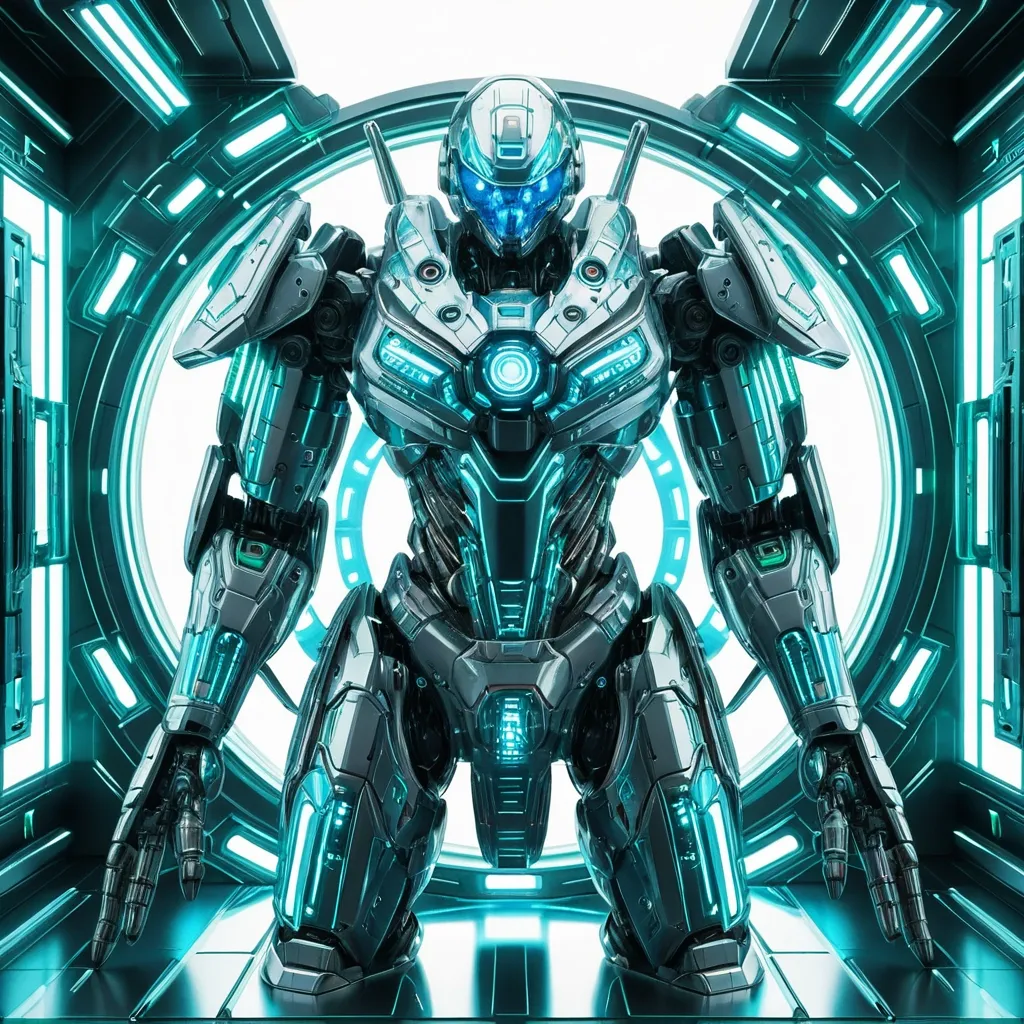
target , designed in a futuristic sci-fi mecha style. Highly detailed 3D metallic surface with glowing internal LED lights. Use color blue and green and white. front view straight on. bilateral symmetry. , Ensure the entire object is fully visible and centered in the frame. Transparent background. Hyper-realistic rendering , sharp reflections , cinematic lighting , No other elements or text in the scene. ,
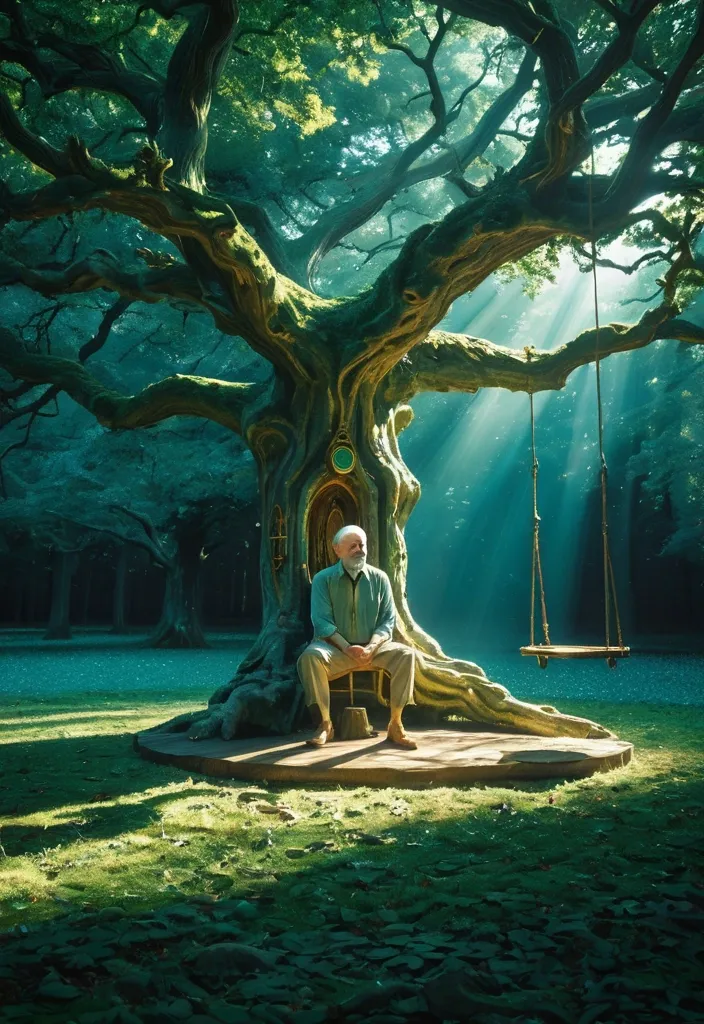
**The Forgotten Inner Child's Sanctuary** A sun-dappled forest clearing where trees shrink into childlike proportions. At center: a gnarled oak with a weathered swing , under which sits a translucent boy hugging knees , tear-streaked earthy face glowing with unspoken longing. Warm light intensifies as an adult kneels , arms open in reconciliation. Floating motes of light symbolize returning wholeness. Style: Hayao Miyazaki meets psychological symbolism. Palette: Healing green (#9DC183) + Tearful blue (#89CFF0) + Warm gold (#FFD700). Ethereal atmosphere , 8K detail --ar 16:9 --no text , modern objects --style raw ,
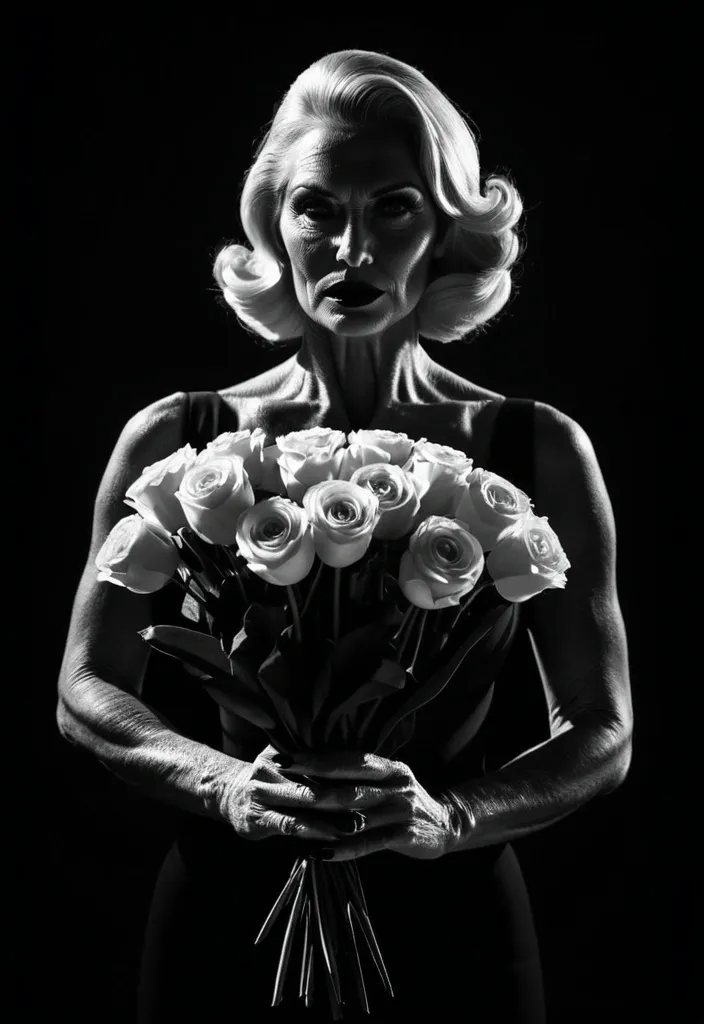
A high-contrast black and white photograph of a girl with bouquet of flowers. The object is sharply defined against a deep black background , only pure black and white. The lighting is strong and directional , creating bold shadows and striking highlights. The texture of the object is highly detailed. Pure black and white portraits. The image has a raw , graphic feel , similar to posterized photography or threshold editing in Photoshop , evoking a classic noir aesthetic , ,
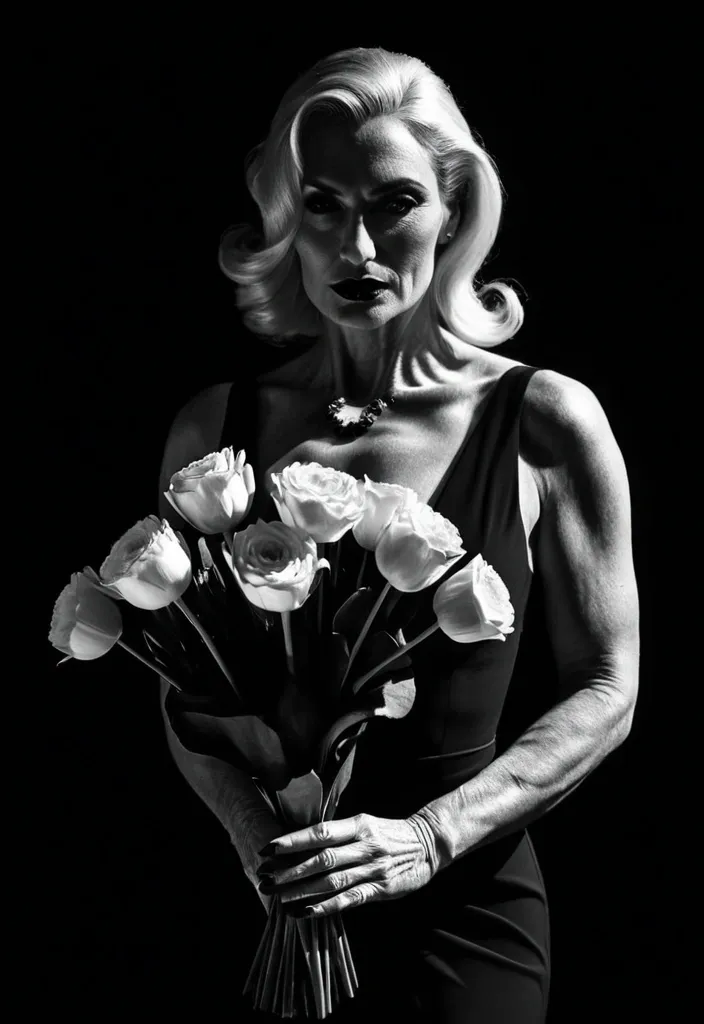
A high-contrast black and white photograph of a girl with bouquet of flowers. The object is sharply defined against a deep black background , only pure black and white. The lighting is strong and directional , creating bold shadows and striking highlights. The texture of the object is highly detailed. Pure black and white portraits. The image has a raw , graphic feel , similar to posterized photography or threshold editing in Photoshop , evoking a classic noir aesthetic ,


